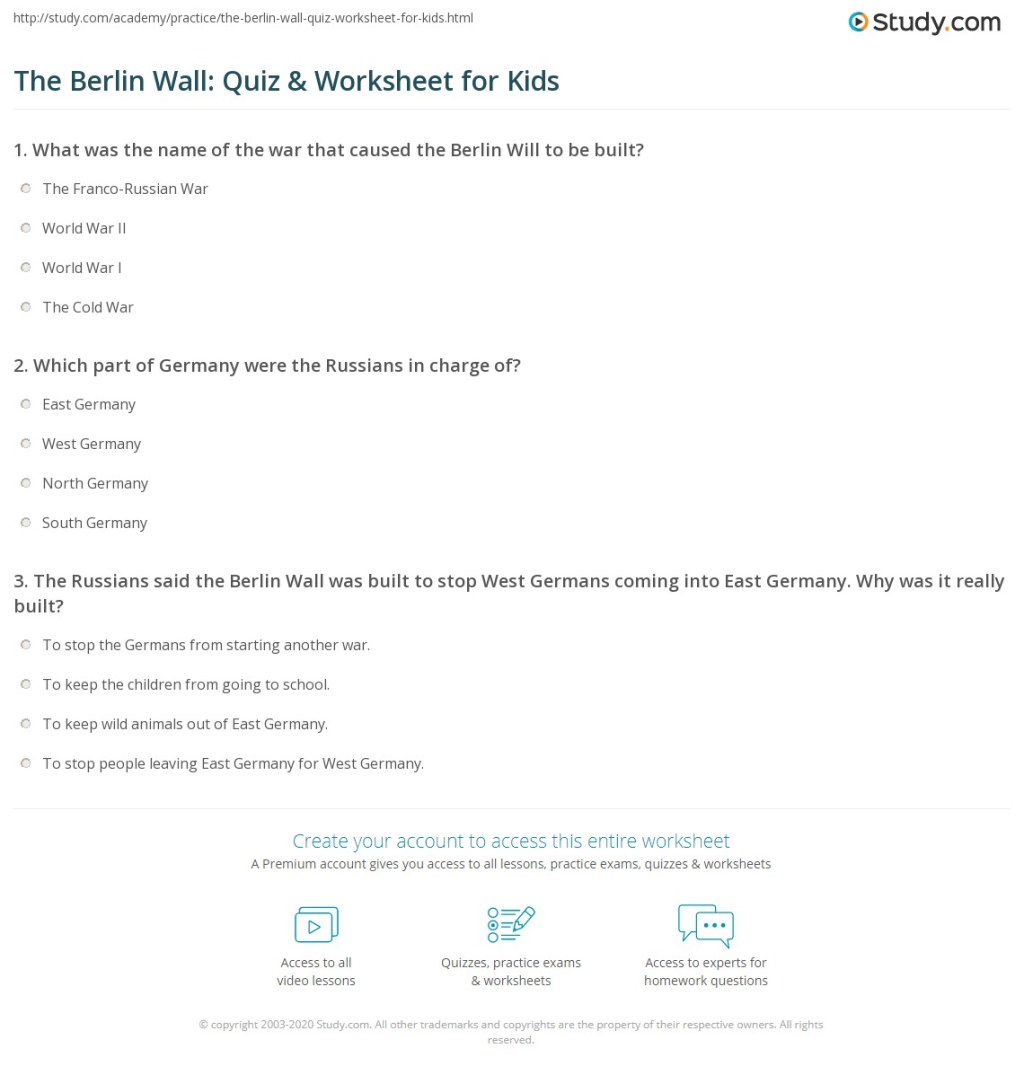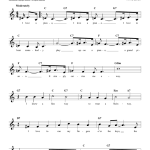Unlocking The Secrets: Unveiling Berlin Wall Questions For A Captivating Journey
Berlin Wall Questions: Unraveling the Mysteries of a Historic Divide
Introduction
Greetings, Berlin Readers! As you journey through the captivating city of Berlin, you may find yourself pondering the significance of the Berlin Wall. This iconic structure, which once represented the division of a nation, holds a wealth of history and intrigue. In this article, we will explore the most common Berlin Wall questions and provide you with a comprehensive understanding of its impact, construction, and eventual fall. So, join us on this informative journey as we uncover the mysteries of the Berlin Wall.
1 Picture Gallery: Unlocking The Secrets: Unveiling Berlin Wall Questions For A Captivating Journey

What is the Berlin Wall?
🧱 The Berlin Wall was a physical barrier erected by the German Democratic Republic (GDR) in 1961 to separate East and West Berlin. Consisting of concrete walls, barbed wire fences, and guard towers, this structure stood as a symbol of the ideological divide between communism and capitalism.
Construction of the Berlin Wall

Image Source: study.com
The construction of the Berlin Wall began on August 13, 1961, as a response to the increasing number of East Germans fleeing to the democratic West. The wall was initially a temporary measure but eventually developed into a formidable barrier spanning 96 miles, encircling West Berlin.
Who Ordered the Construction?
👤 The construction of the Berlin Wall was ordered by the East German government under the leadership of Walter Ulbricht, the General Secretary of the Socialist Unity Party. The decision was backed by the Soviet Union, which aimed to prevent the mass exodus of East Germans to the West.
When Was the Berlin Wall Built?
📅 The construction of the Berlin Wall began on August 13, 1961, and continued for several months. The wall stood as a physical barrier for almost three decades until its fall on November 9, 1989.
Where Did the Berlin Wall Stand?
📍 The Berlin Wall cut through the heart of Berlin, dividing the city into two separate entities. It stretched for 96 miles, encircling West Berlin and separating it from the surrounding East German territory.
Why Was the Berlin Wall Built?
❓ The primary purpose of the Berlin Wall was to halt the mass exodus of East Germans to the democratic West. The GDR government saw the emigration as a threat to its communist regime and sought to prevent further loss of skilled workers and intellectuals.
How Did the Berlin Wall Fall?
🔓 The fall of the Berlin Wall came about as a result of peaceful protests and political changes within East Germany. On November 9, 1989, an announcement made by the East German government regarding relaxed travel regulations sparked mass celebrations and led to the dismantling of the wall by both East and West Germans.
Pros and Cons of the Berlin Wall
✅ The Berlin Wall had both advantages and disadvantages, which shaped the lives of those living on either side of the divide.
Advantages of the Berlin Wall
1. 🛡️ Security: The Berlin Wall provided a sense of security for the ruling government by preventing infiltration from the West.
2. 💼 Economic Stability: The wall prevented the loss of skilled workers and intellectuals, leading to economic stability in the East.
3. 🏙️ Urban Development: East Berlin’s urban development flourished as resources were focused on building a showcase socialist city.
Disadvantages of the Berlin Wall
1. ⛔ Freedom of Movement: The wall imposed severe restrictions on the freedom of movement for East Germans, limiting opportunities for travel and family reunions.
2. 🚧 Separation of Families: Families and friends were torn apart, with many unable to see each other for decades.
3. 🌍 International Isolation: The wall further isolated East Germany from the international community, resulting in limited cultural exchange.
Frequently Asked Questions (FAQ)
1. Was the Berlin Wall completely torn down?
Yes, following its fall in 1989, the Berlin Wall was gradually dismantled, and only a few sections remain as historical monuments.
2. How many people died trying to cross the Berlin Wall?
An estimated 136 people lost their lives while attempting to cross the Berlin Wall during its existence.
3. Can you visit the Berlin Wall today?
Absolutely! Berlin has preserved several sections of the wall, including the East Side Gallery, which serves as an open-air art gallery.
4. What was Checkpoint Charlie?
Checkpoint Charlie was one of the main crossing points between East and West Berlin during the Cold War. It symbolized the tension and confrontation between the two sides.
5. How did the fall of the Berlin Wall impact Germany?
The fall of the Berlin Wall led to the reunification of East and West Germany, bringing about a period of political and economic transformation.
Conclusion
In conclusion, the Berlin Wall stands as a powerful testament to the human desire for freedom and the consequences of ideological division. Its construction, impact, and eventual fall have shaped the course of history and continue to serve as a reminder of the importance of unity. As you explore Berlin, take a moment to reflect on the walls we build, both physical and metaphorical, and the possibilities that lie beyond them. Join us in celebrating the resilience of the human spirit and the reunification of a once-divided city.
Final Remarks
Disclaimer: The information provided in this article is accurate to the best of our knowledge. However, please note that historical events and interpretations may vary. We encourage readers to further explore the Berlin Wall and its significance through reputable sources and firsthand experiences. Dive into the rich tapestry of Berlin’s history and embrace the transformative power of knowledge.
This post topic: Berlin



